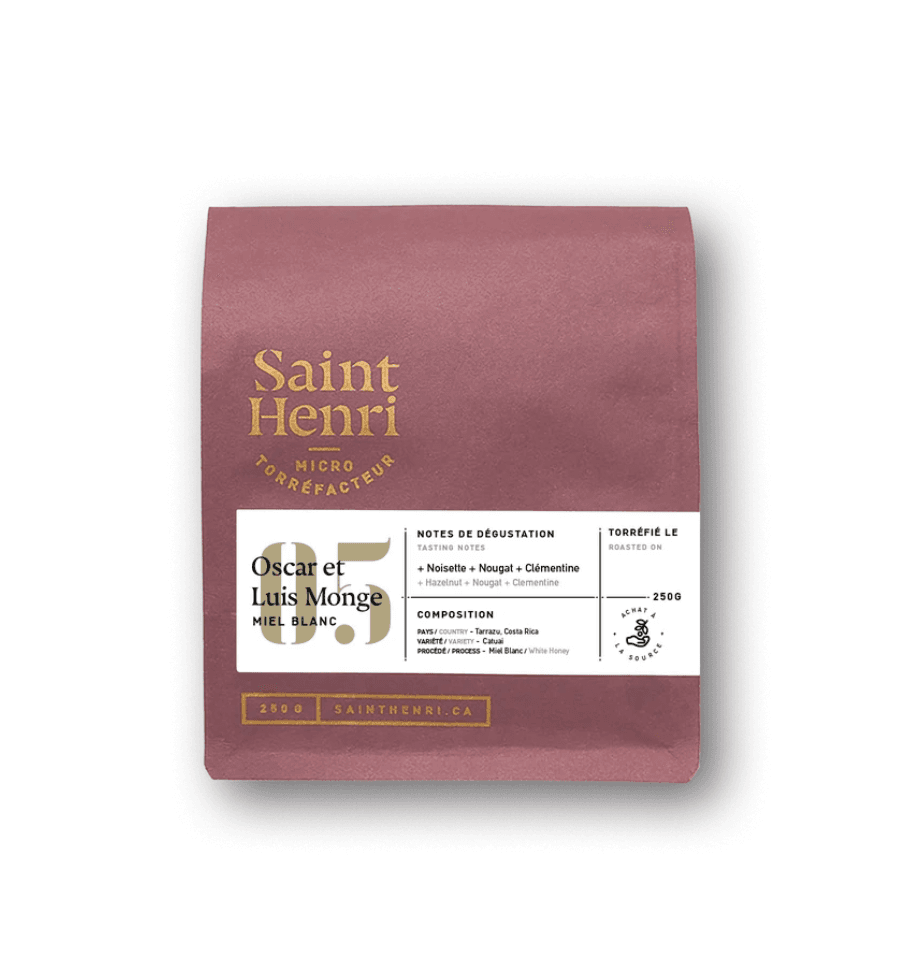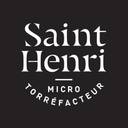Th3rdwave Directories
Cafés
Roasters
Coffees
Guides
Awards
Th3rdwave Coffee Club
Subscription
Gift subscription
Current edition
Past editions
Shop
Advent Calendar
Coffee games
Th3rdwave Wallet
Loyalty cards
Gift cards
Th3rdwave for cafés
Th3rdwave for roasters
Get free coffee
Oscar & Luis Monge
Costa Rica has earned a global reputation for producing some of the world's best coffee. The country has 8 main coffee growing regions, of which Tarrazù is the most well known.
This coffee is sourced from Oscar & Luis Monge Ureña and their La Lia micro-mill in Tarrazù. La Lia was built in 2007 as part of a movement called "the micro-mill revolution" in Costa Rica. In the early 2000's, a few farmers started wet milling and drying their coffee themselves in order to add value to their product. In the older model, the farmers were delivering coffee cherries to larger co-ops or mills, where they were often blended to form larger lots. This meant that they were dependent on the commodity market for prices, so traceability and value was lost in the process. There are now more than 200 micro-mills in Costa Rica and the demand for quality micro-lots keeps growing.
This Catuai lot was cultivated at 1900 meters above sea level, the highest point on their farm land. It is processed as a white honey, a hybrid between the washed and natural process where the dry parchment is coated with part of the pulp.
The resulting cup reminds us of hazelnut, nougat and clementine.
This coffee is sourced from Oscar & Luis Monge Ureña and their La Lia micro-mill in Tarrazù. La Lia was built in 2007 as part of a movement called "the micro-mill revolution" in Costa Rica. In the early 2000's, a few farmers started wet milling and drying their coffee themselves in order to add value to their product. In the older model, the farmers were delivering coffee cherries to larger co-ops or mills, where they were often blended to form larger lots. This meant that they were dependent on the commodity market for prices, so traceability and value was lost in the process. There are now more than 200 micro-mills in Costa Rica and the demand for quality micro-lots keeps growing.
This Catuai lot was cultivated at 1900 meters above sea level, the highest point on their farm land. It is processed as a white honey, a hybrid between the washed and natural process where the dry parchment is coated with part of the pulp.
The resulting cup reminds us of hazelnut, nougat and clementine.
Costa Rica has earned a global reputation for producing some of the world's best coffee. The country has 8 main coffee growing regions, of which Tarrazù is the most well known.
This coffee is sourced from Oscar & Luis Monge Ureña and their La Lia micro-mill in Tarrazù. La Lia was built in 2007 as part of a movement called "the micro-mill revolution" in Costa Rica. In the early 2000's, a few farmers started wet milling and drying their coffee themselves in order to add value to their product. In the older model, the farmers were delivering coffee cherries to larger co-ops or mills, where they were often blended to form larger lots. This meant that they were dependent on the commodity market for prices, so traceability and value was lost in the process. There are now more than 200 micro-mills in Costa Rica and the demand for quality micro-lots keeps growing.
This Catuai lot was cultivated at 1900 meters above sea level, the highest point on their farm land. It is processed as a white honey, a hybrid between the washed and natural process where the dry parchment is coated with part of the pulp.
The resulting cup reminds us of hazelnut, nougat and clementine.
This coffee is sourced from Oscar & Luis Monge Ureña and their La Lia micro-mill in Tarrazù. La Lia was built in 2007 as part of a movement called "the micro-mill revolution" in Costa Rica. In the early 2000's, a few farmers started wet milling and drying their coffee themselves in order to add value to their product. In the older model, the farmers were delivering coffee cherries to larger co-ops or mills, where they were often blended to form larger lots. This meant that they were dependent on the commodity market for prices, so traceability and value was lost in the process. There are now more than 200 micro-mills in Costa Rica and the demand for quality micro-lots keeps growing.
This Catuai lot was cultivated at 1900 meters above sea level, the highest point on their farm land. It is processed as a white honey, a hybrid between the washed and natural process where the dry parchment is coated with part of the pulp.
The resulting cup reminds us of hazelnut, nougat and clementine.
Coffee origin
Country
Costa Rica
Region
Tarrazú
Variety
catuai
Altitude
1900 - 2000 m
Farm
La Lia
Producer
Oscar & Luis Monge Urena
Process
white honey
Tastes like
🌰
hazelnut
🍬
nougat
🍊
clementine
Community reviews
😶
- -
0 Reviews
What people are saying

Paul-André Mailhot
3 years ago
Mon nouveau café coup de coeur!!! Merci pour la découverte Saint-Henri & Th3rdwave!

Massimo M.
3 years ago
I’ve always been a fan of Costa Rican coffee, but this one really stands out. You really taste the but and clementine notes. Very good choice from Th3rdwave 👌🏻
🌰
🍊
🍷

Natasha
3 years ago
J'ai bien apprécier 💜 torréfaction au miel blanc qui donne un bon petit goût même pour machine espresso 💫

Barrington
3 years ago
You know after a long day, you just want a coffee, and you finally get it, and you take that first sip and you think to yourself "Yeah, this is what coffee tastes like. "?
That's what this tastes like.
Recipes

Chemex By Blue Bottle
Chemex

Hario V60 by Ritual Coffee Roasters
Pour over

Tzan’s Hellenic AeroPress Recipe
AeroPress
Check out more in the App


